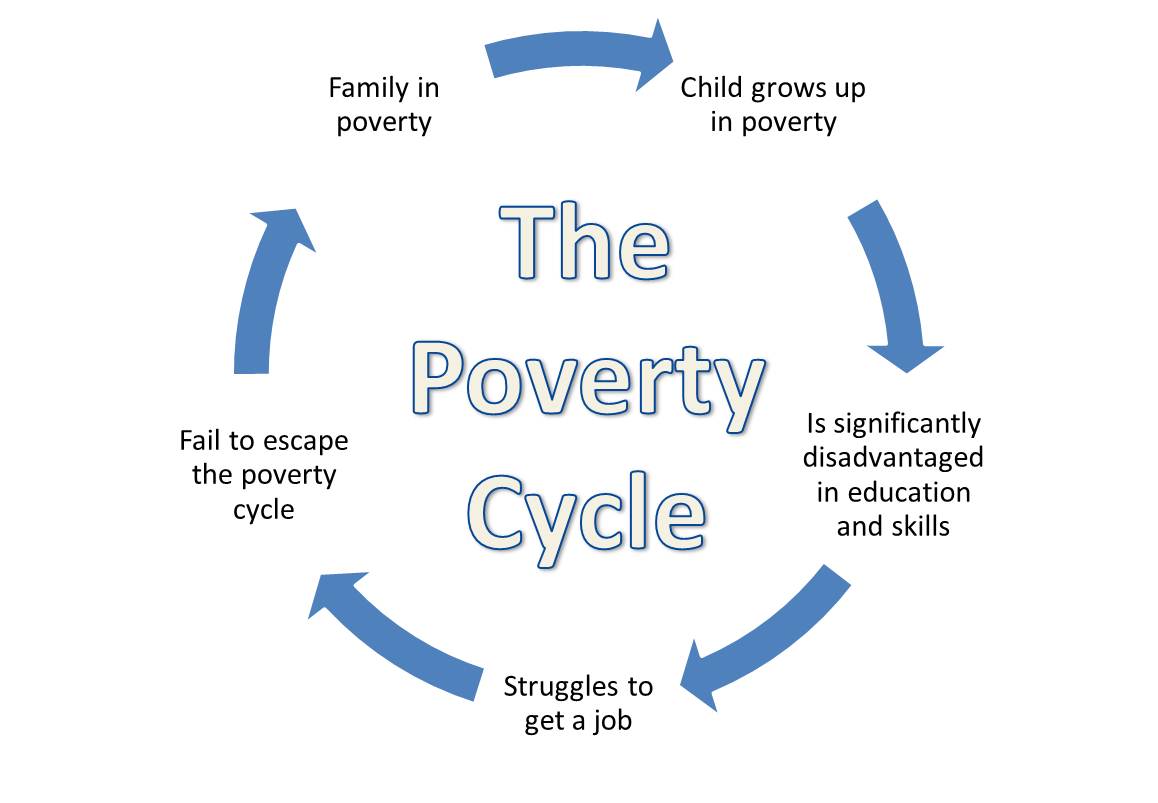The Preliminary PDHPE syllabus asks you to investigate how the determinants of health explain why some individuals and groups have better or worse health than others. When you do HSC PDHPE you will learn more about particular groups who experience inequities in health, such as: Aboriginal and Torres Strait Islanders, socioeconomically disadvantaged people, or the elderly. These inequities are caused by the determinants working in relationship with each other.
Let’s investigate how the determinants of health explain why some individuals and groups have better or worse health than others by looking at socioeconomically disadvantaged people. The Australian Institute of Health and Welfare provide the following information:
In Australia, people who are more socioeconomically advantaged-that is, they are better educated, have better jobs and more money-are often healthier than those who are not. For example, when compared across socioeconomic groups, both deaths and hospitalisations due to cardiovascular disease are higher for those in the lowest (worse-off ) socioeconomic group (AIHW 2011c). This is often referred to as the socioeconomic gradient of health. [1]
An individual’s level of education directly impacts their employment options and level of income (of course these are generalisations and there are exceptions, but this is the norm). Lower income means your choice of environment to live is also limited. Lower income levels cannot afford to live int he city or on the beach. They may not afford to own their house, and can even be in housing commission, where living conditions are not ideal. Where you live can affect your access to health services, and lower income levels will also impact a person’s access to some health services not covered by Medicare, such as dental or natural therapies.
Lower levels of education also result in lower health literacy. This leads to poorer health choices, higher risk behaviours, and lower protective behaviours. Socioeconomically disadvantaged people often live in similar areas where housing is cheaper. This can lead to peer groups and communities that have higher rates of violence, alcohol consumption and theft. It can be dangerous to go for a walk at night after work, or to use public transport, even though they may not be able to afford a car.
For statistics on the health of socioeconomically disadvantaged people, click here.
This is how the determinants of health explain why some individuals and groups have better or worse health than others. Some people are born into a social situation where they have less money, live in poorer areas, difficult schools, or have a family that do not value health and participate in more risk behaviours. Such situations result in poorer health outcomes for the individual in this group. Conversely if someone is born into a wealthy family, with high levels of education and who place a high value on health, they are more likely to have better health outcomes. Health is a result not just of individual choices, but of the society and context such an individual is born into.
The video below provides a good inside into the current economic and education distribution in the world.
[1] http://www.aihw.gov.au/chronic-disease/risk-factors/ch2/#other-risk[/fusion_builder_column][/fusion_builder_row][/fusion_builder_container]
